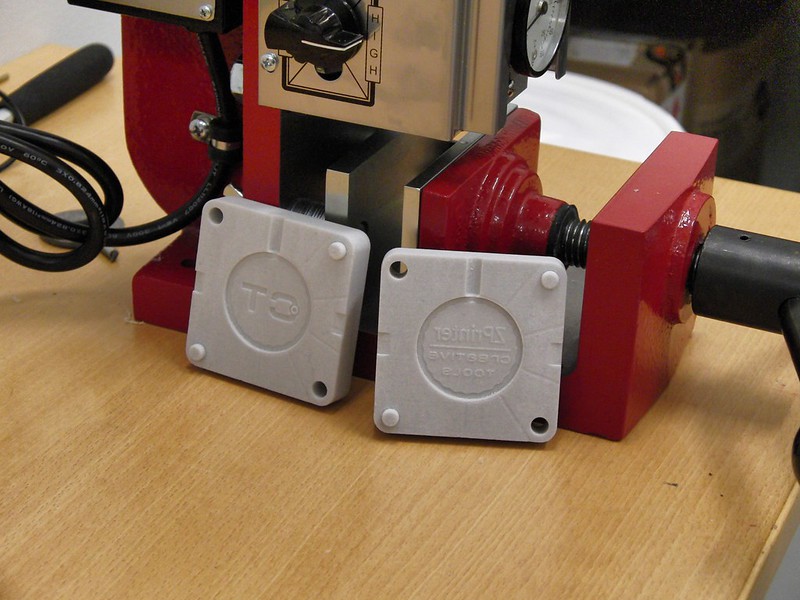When scaling up production, 3D-printing quickly becomes a bad alternative. I have two in the shop working constantly, but because of the long time it takes to make the parts for a single Satran - the satellite tracking antenna rotator - I can only produce around 10 full kits each month.
Its possible to buy another printer or two, but I can do better stuff with my time than to babysit the printers all day. Also the quality of FDM-prints can be quite low, with all the layers showing. But its great when I make tweaks to the design, with almost zero time until I can start producing it.
The professional way of making plastic parts are called "injection molding", which requires very expensive molds. I got a quote here in Sweden for almost $10k for a single mold, and my design uses more than ten different parts. There are some cheaper producers out there but its still a minimum $2k per part. Hence not an option.

But what if.... I could make it the DIY way?
A surf around the web revealed an exciting new way of making molds with an SLA 3D-printer. The surface finish probably wont be 100% factory-perfect, but it would still be a lot better than 3D-prints, and would bring the production time for some parts down from 6 hours to a few minutes. Also it would combine the possibility of rapid prototyping with the ability to produce tens or hundreds of parts in no-time.
All I need besides an SLA-printer is some heater element, a little metal work and a hydraulic log splitter... perhaps I should give it a try?
 Daniel Nikolajsen
Daniel Nikolajsen
Discussions
Become a Hackaday.io Member
Create an account to leave a comment. Already have an account? Log In.